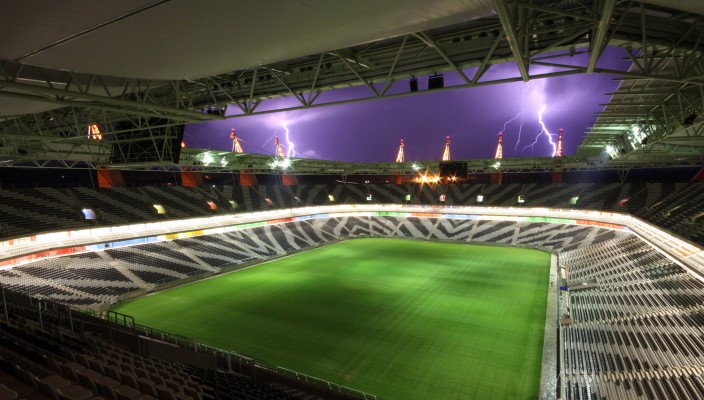BokSmart develops lightning safety guidelines
SA Rugby’s national rugby safety programme, BokSmart, has developed safety guidelines for clubs, schools and provincial unions to use in the event of play being threatened by lightning.
The guidelines, were developed using two local lightning experts, Prof Ian Jandrell and Dr Ryan Blumenthal from the Witwatersrand and Pretoria Universities respectively, and are in line with World Rugby’s procedures.
They cover general lightning safety tips applicable to all levels of rugby, additional procedures applicable to professional rugby matches, basic stadium safety guidelines and procedures to follow should someone be struck by lightning.
The main objectives of these guidelines are to assist in hopefully preventing the potential risks associated with lightning strikes, especially in parts of the country that experience lightning strikes on a regular basis, and to ensure that individuals are treated properly in the event of being struck by lightning.
“Safety is our top priority in every aspect of the game of rugby,” said SA Rugby CEO Jurie Roux. “This applies to club, school and professional rugby.
“Through these lightning safety guidelines, we hope to prevent situations in which players or spectators are placed at unnecessary risk of being struck by lightning at all levels of the game, and to make sure that the correct procedures are followed in the event of a person being struck by lightning. Fortunately, one can anticipate lightning strikes in certain instances, especially if a storm breaks in the distance, which allows adequate time to follow the guidelines to avoid danger.
“We encourage all clubs, schools and professional teams to adhere to these guidelines at all times, even if it requires that an important match be delayed or postponed, as safety always comes first,” Roux concluded.
The lightning safety guidelines advise that individuals seek shelter in a fully enclosed substantial building, preferably a brick building with cement floors, when a thunderstorm approaches.
Clubs, schools and provincial rugby unions should also have someone who acts as a ‘lightning monitor’, and who should ideally not be the coach, or referee, as they are usually preoccupied with other matters and cannot adequately monitor conditions. The risk of lightning strikes can be determined by an appropriate lightning detection system or by calculating the time between a lightning strike and the associated thunder clap. Should the latter be 20 seconds or less, all outdoor activity should be suspended.
In the case of professional rugby matches, it is advised that stadiums are fitted with either fixed lightning detection systems or that they should have a portable lightning detection device on hand that meets the current industry standards at the time. Professional clubs and provinces should also have an automated external defibrillator (AED) available to treat potential lightning strike patients. This portable electronic device allows the heart to re-establish an effective rhythm in the case of an individual having been struck by lightning.
More information on Concussion and its management is available here: http://boksmart.sarugby.co.za/content/concussion
Information on Lightening and the safety of pedestrians courtesy of Arrive Alive: https://www.arrivealive.co.za/Lightning-and-the-Safety-of-Pedestrians
Photo: Hennie Homann
Related Posts
« BEAST TO CAPTAIN CELL C SHARKS Brumbies v Hurricanes Teamsheets #SuperRugby »




















